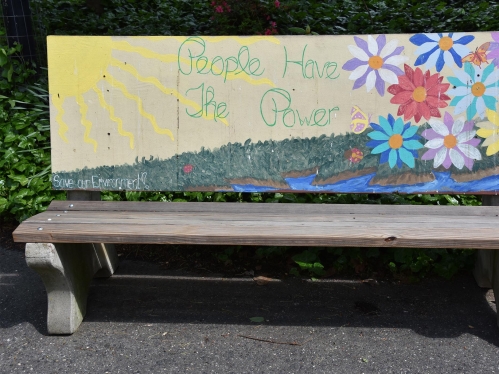About Us
"Nothing about us, without us."
Watch our new film to meet some of the people behind REACH and what makes our collaborative approach unique.
The solutions that work for some communities don’t work for all of them. That’s why we exist.
REACH strives to create healthier, more equitable communities where individuals live, learn, work, and play by making health equity a shared vision and value by supporting a community-driven approach to increasing capacity for better outcomes.
Our Mission
As a new initiative, REACH marks an intentional shift in how Rutgers aims to engage and serve the state of New Jersey by reorienting ourselves to the community. REACH will model how higher education can partner with community-based organizations, community leaders, community residents, policymakers, and “influencers” to improve health outcomes through translational, community-based health equity research, education, service, and programming.

Closing the gap.
While research has been done for decades looking at social determinants of health, there is still a tremendous gap between what we know academically and what is happening in communities.
The goal of REACH is to close that gap.
SDOH have an important influence on health inequities
Sustainable, Inclusive, and Equitable
REACH focuses on creating more significant opportunities for community-based learning and research, fostering a culture that increasingly values the considerable expertise many community partners bring to the work. The core of REACH will consist of five Collaborative Learning Tables (CLT), one for each of our areas of focus:

Social Determinants of Health
Social determinants of health (SDOH) are the non-medical factors that influence health outcomes. They are the conditions in which people are born, grow, work, live, and age, and the wider set of forces and systems shaping the conditions of daily life. These forces and systems include economic policies and systems, development agendas, social norms, social policies and political systems.
Social determinants of health have an important influence on health inequities - the unfair and avoidable differences in health status seen within and between communities. In communities at all levels of income, health and illness follow a social gradient: the lower the socioeconomic position, the worse the health. (definition adapted from the World Health Organization)